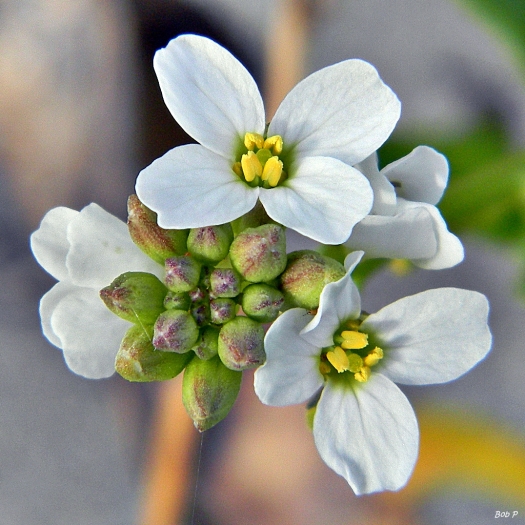Coastal Searocket
(Cakile lanceolata)
Coastal Searocket (Cakile lanceolata)
/
/

Bob Peterson
CC BY 2.0

































Estimated Native Range
Summary
Coastal Searocket is valued for its ability to thrive in harsh seaside environments, making it an excellent choice for coastal restoration projects and beachfront gardens. It is also used in xeriscaping due to its low water requirements. In cultivation, it prefers full sun to part shade and can adapt to a range of soil drainage conditions, from slow to fast. While it is not commonly found in traditional garden settings, its salt tolerance and erosion control properties make it a practical choice for challenging coastal sites. Potential problems include susceptibility to root rot in overly wet soils and the need for containment, as it can self-seed and spread beyond the desired area.CC BY-SA 4.0
Plant Description
- Plant Type: Herb
- Height: 2-2.5 feet
- Width: 2-3 feet
- Growth Rate: Moderate
- Flower Color: White, Purple
- Flowering Season: Spring, Summer
- Leaf Retention:
Growth Requirements
- Sun: Full Sun, Part Shade
- Water: Medium, High
- Drainage: Slow, Medium, Fast
Common Uses
Drought Tolerant, Edible*Disclaimer: Easyscape's listed plant edibility is for informational use. Always verify the safety and proper identification of any plant before consumption., Low Maintenance, Salt Tolerant
Natural Habitat
Native to coastal dunes and sandy beaches in the Caribbean, Florida, and along the Gulf Coast of the United States
Other Names
Common Names: Sea Rocket, Mostacilla Del Mar, Searocket
Scientific Names: , Cakile lanceolata, Cakile lanceolata subsp. lanceolata, Cakile aequalis, Cakile cubensis, Cakile lanceolata subsp. domingensis, Raphanus lanceolatus, Cakile lanceolata var. integrifolia, Cakile maritima var. aequalis, Cakile americana var. cubensis
GBIF Accepted Name: Cakile lanceolata (Willd.) O.E.Schulz